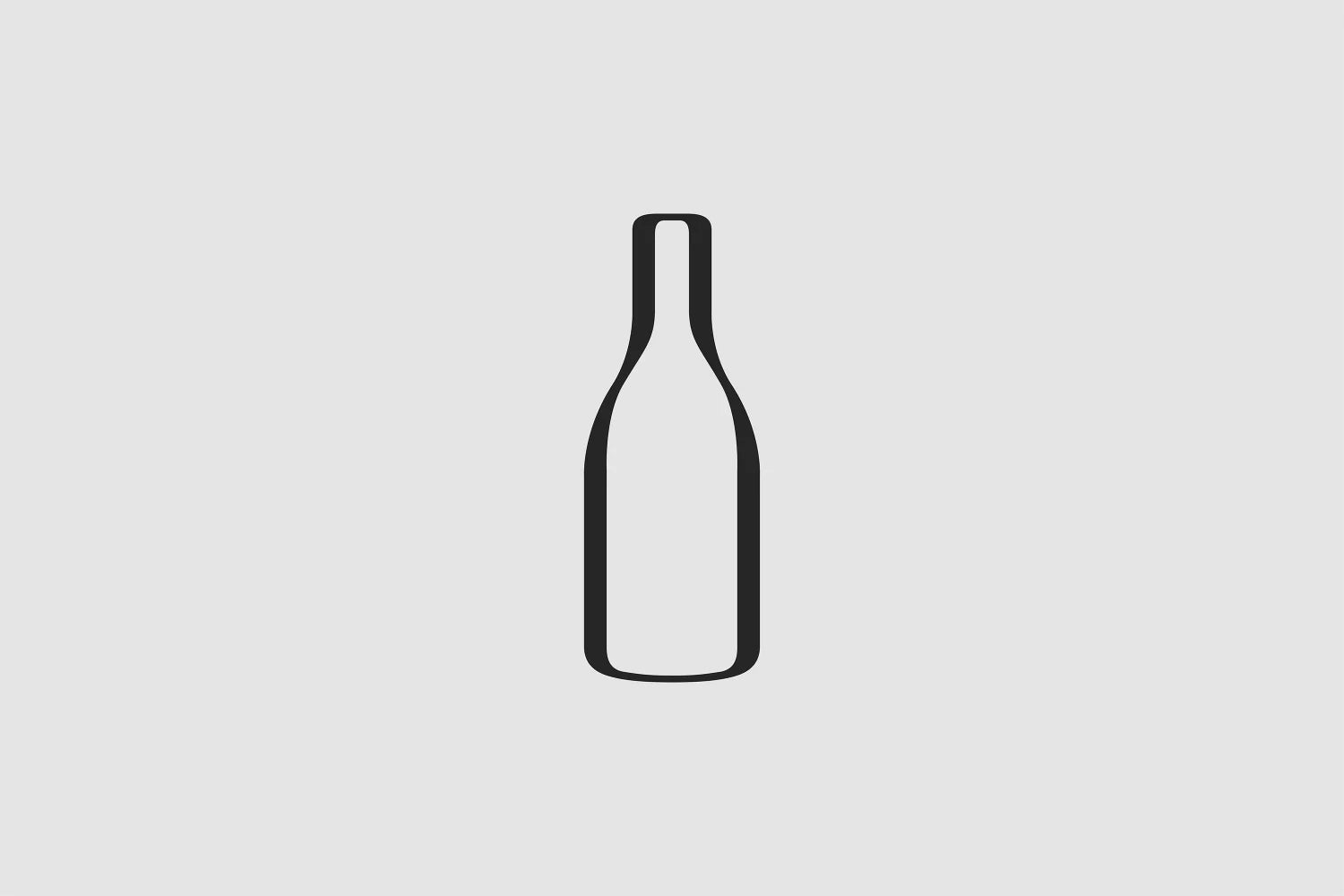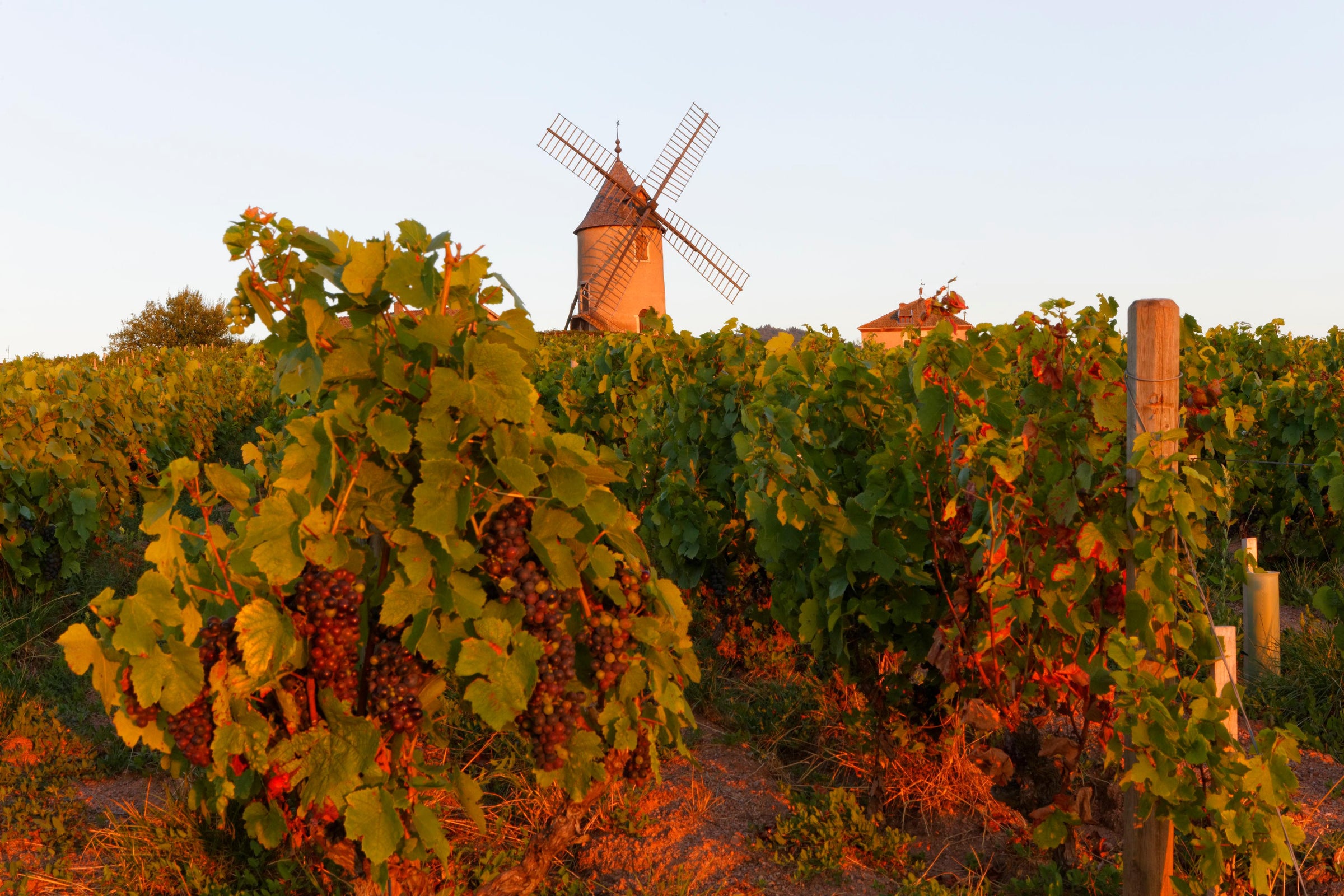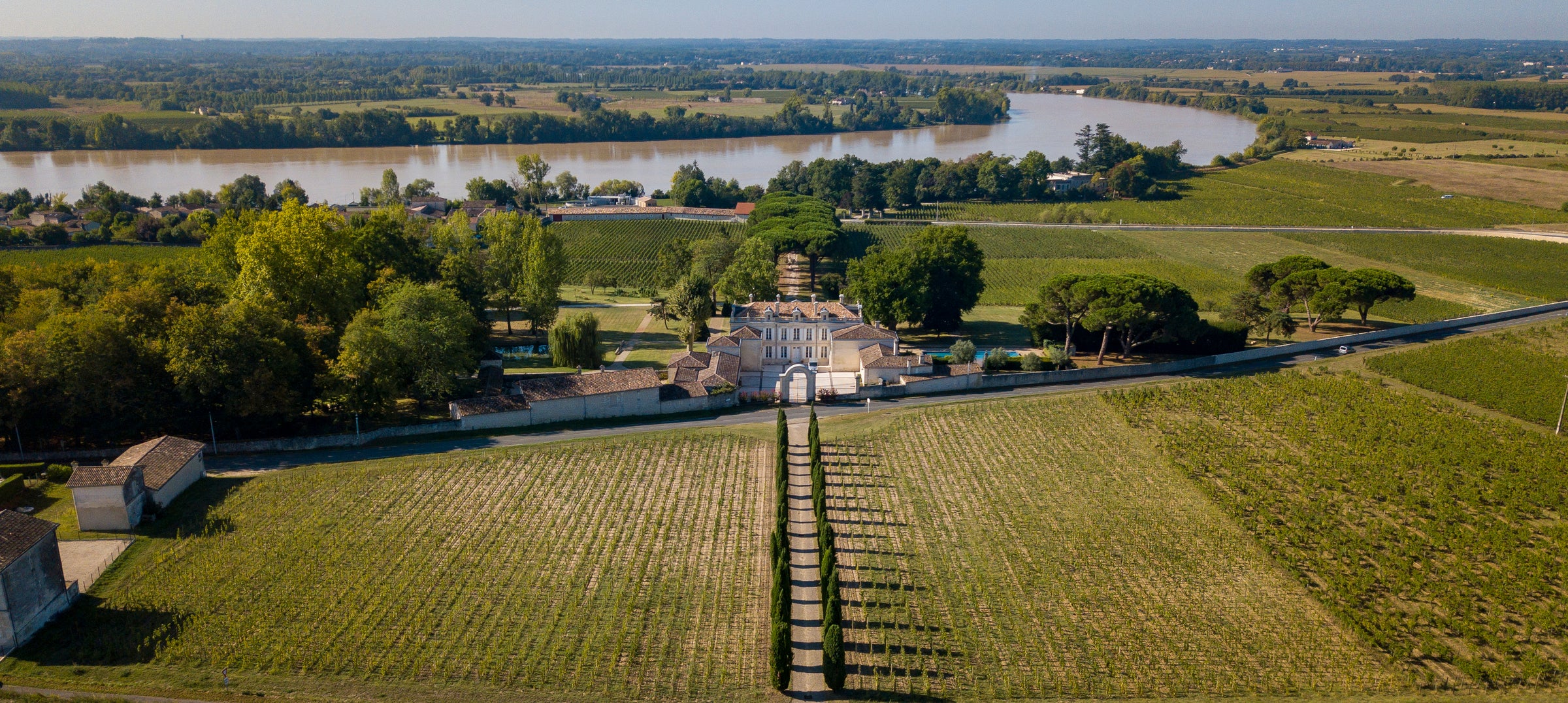Sauternes is one of the world's greatest wines, but, as I've noted before, it's often treated more as a wealth-signifying trophy than as something to put on the dinner table with food.
Château Suduiraut, to its enduring credit, puts one of the most transporting wine experiences within the reach of just about anyone: Sourced from vineyards that abut those of the iconic (and exponentially more expensive) Château d’Yquem, and drawing upon just as much history in this corner of the Bordeaux region, Suduiraut is an elite wine by any measure—except price, that is. We here at SommSelect strongly advocate for the freeing of Sauternes from its “dessert wine” shackles, so that one’s experience with this incredible wine isn’t limited to a half-ounce sip at the end of a fancy dinner. Château Suduiraut enables you to put Sauternes on the table, not a pedestal; what a privilege it will be to enjoy this 2002 both today and 10, 20 years down the line!
Most wine lovers are at least vaguely familiar with Sauternes, and how it is produced, even if they rarely drink it: Located within the Graves region of Bordeaux, Sauternes is the most famous of a string of appellations devoted to sweet white wines from Sémillon and Sauvignon Blanc. The grapes (which occasionally include Muscadelle as well) are left to hang extra-long on the vine—into the cooler, wetter fall months—until they wither and become affected by a fungus called botrytis, referred to as “noble rot” in the states. In the right conditions, botrytis doesn’t simply rot and destroy the grape bunch, but rather concentrates the sugars in the grapes by allowing the dehydration of the grape by the thinning of the skin which removes water, hence concentrating both sugar and acidity. The unctuous juice of these late-harvested grapes doesn’t ferment to dryness in the winery, and yet the best examples of Sauternes also maintain incredibly refreshing acidity levels. They’re the ultimate “meditation” wines, meant to be sipped and savored slowly and capable of decades of aging thanks to the preservative effects of the residual sugar.
Chateau Suduiraut’s roots in Bordeaux go back to the 16th century, and it is regularly placed in the top rank of Sauternes alongside the likes of Yquem and Château Rieussec, so it’s a little shocking to us that a 750ml bottle of a back-vintage wine sells for this little. Comprised of 80% Semillon and 20% Sauvignon Blanc, the wine was harvested over the course of several passes through the vineyard, fermented in stainless steel, then aged in small oak barriques for 2 years. Now with more than a decade of bottle age under its belt, this shimmering, golden nectar is just starting to hit its stride, layering notes of hazelnut, white truffle and dried flowers over its still-youthful peach compote and orange marmalade fruit. It is penetrating and viscous, delivering intense new sensations with each sip—honeysuckle, candied orange peel, petrol—while maintaining a refreshing acidic back-kick. Its combination of poise and power on the palate is just breathtaking, as is its melding of sweet and savory sensations.
And, despite usually being listed as a “dessert” wine, we find that Sauternes doesn’t work so great in that category—unless the wine itself is the dessert! For us, the best pairing for Sauternes is funky, salty, cheese—Roquefort, Taleggio, Stilton—which Sauternes wraps in its sweet, viscous embrace. But there are many other “savory” applications for this wine that might come earlier in a meal: A lobe of seared foie gras drizzled with a citrusy sauce would be the ultimate showcase for Sauternes’ many facets (a combo you may well have encountered in a restaurant and wished to emulate), and there are any number of salty, fatty, spicy preparations for which Sauternes would be the perfect foil, its depth of flavor matching the intensity of the dish while its sweetness and glycerine-like texture envelop the salt and/or heat. Pierre Montégut, Suduiraut’s Technical Director, provides a host of savory suggestions for Sauternes on the Suduiraut website, including one I’m hoping to try with one of my bottles: Cantonese-style lobster with ginger and scallions. It feels like a winner.
In terms of service, my suggestion is to pull the cork on a bottle about 30 minutes before pouring in elegant, all-purpose white wine stems. “Dessert wine,” or smaller-sized Port glasses, which most restaurants still favor, work about as well for me as flutes do for great Champagne (which is to say, they don’t). While sweeter and richer in style, this wine contains no more alcohol than a typical dry white and can be consumed in similar portion sizes. Not only will the wine get better and better as the meal progresses, it’ll keep for weeks in the refrigerator after being opened, thanks again to its residual sugar. So let’s get some on the table, shall we? Enjoy!






